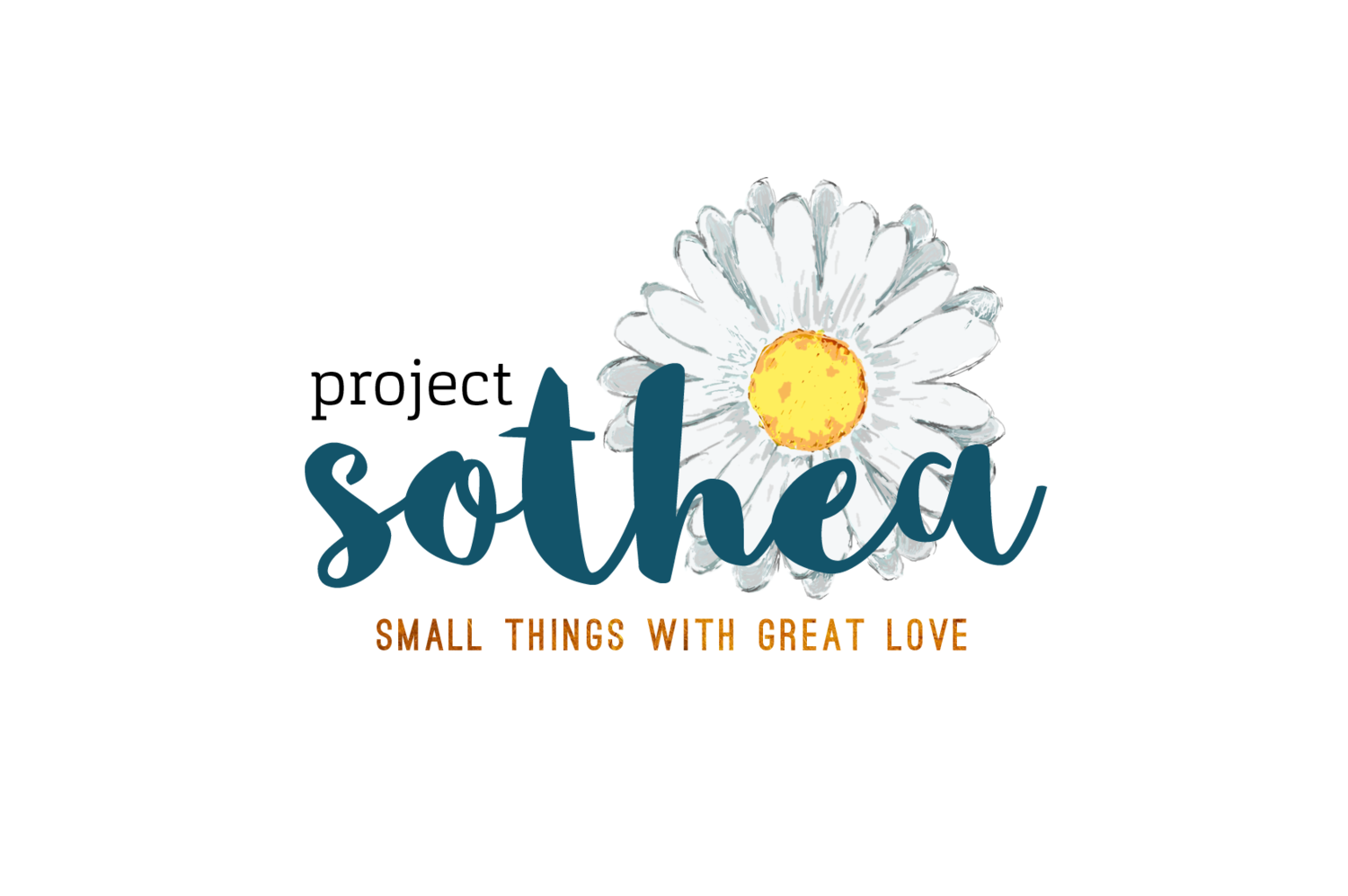Project Overview and History
Our Mission
Improving outcomes of people who suffer from illnesses (both acute and chronic) and increasing their access to quality healthcare
Overview
Project Sothea is a student-led medical overseas community service project under the National University of Singapore (NUS) Medical Society. Our team comprises 30 first and second-year students from the NUS Yong Loo Lin School of Medicine.
Each year, we travel to Battambang, Cambodia, to aid our beneficiaries which mainly include villagers of the Srae Ou and Roung One villages, many of whom lack access to basic healthcare amenities due to challenges such as distance and cost.
History
2010
Project Sothea was started under the title - “Mission: Peaceful Children Home 2”. We were an offshoot from a one of the projects of Coast2Coast (Singapore), a youth initiative which organises volunteer outreach missions to Cambodia, Laos, Indonesia and India. We began our collaboration with the Khmer Foundation for Justice, Peace and Development.
2011
Project Sothea extended health education for the nearby village of Kamping Puoy.
2012
Project Sothea expanded to include health screenings for the residents of a few slum communities residing in dump sites located in Phnom Penh. We formed yet another collaboration with an international NGO known as Pour un Sourire D’Enfant (PSE), which works in conjunction with a local charity, Solutions to End Poverty (STEP).
2013
Project Sothea followed the residents in the slum communities as they relocated to SMILE Village, a new settlement built by PSE. We established a rudimentary healthcare system for the new community and aimed to inculcate hygienic lifestyle practices.
2014
Project Sothea continued its expansion in Battambang, where we started health screening and education efforts in nearby Sra Kaew village to promising reception by the villagers. This was also the last year we spent in Phnom Penh as we handed over our project to another NUS student-led team to continue developmental efforts in SMILE village in collaboration with STEP.
2015
We begun a collaboration with medical students from International University (IU) and nursing students from University of Battambang.
2016
We made an agreement with Handa Medical Centre in Battambang to provide medical care at a discounted rate for villagers referred by us to their Centre.
2017
Project Sothea signed a Memorandum of Understanding with the International University (IU) Phnom Penh, which marked the establishment of our Cambodian Wing in IU. This aids in securing the sustainability of Project Sothea, a step in our ultimate aim to establish a functioning local healthcare system.
We also created 2 new committees - Research Committee and Development Committee - to track the health situation of villagers, and to better serve their long-term health and infrastructure needs.
2018
Project Sothea developed and implemented a new Facial Recognition-based Biometrics System in partnership with Singapore University of Design and Technology (SUTD) Makerspace. This allows us to experience significant benefits in health screening workflows, data analysis and long-term follow-up with patients.
2019
Project Sothea entered 2 new villages — Srae Ou and Roung 1.
In our endeavour to ensure sustainability in our efforts, we partnered with Wateroam, an NGO aiming to improve the accessibility of clean water in disaster and poverty-stricken regions worldwide. We successfully piloted a water filter in Dangkut Thnong village.
2020
Amidst the covid pandemic, Project Sothea continued to ensure that we maintained good relations with all our partners, and actively searched for ways to better engage and provide more relevant help to all our beneficiaries.
2022
After a 3-year hiatus due to Covid-19, Project Sothea was finally able to return to Cambodia to serve our beneficiaries in person. The highlight of our trip was the door-to-door (D2D) surveys, wherein committee members went to individual households in our target villages to ask residents about their health-related concerns and knowledge. The results of the surveys were then synthesised and analysed to provide more targeted and relevant health screenings the following year.


